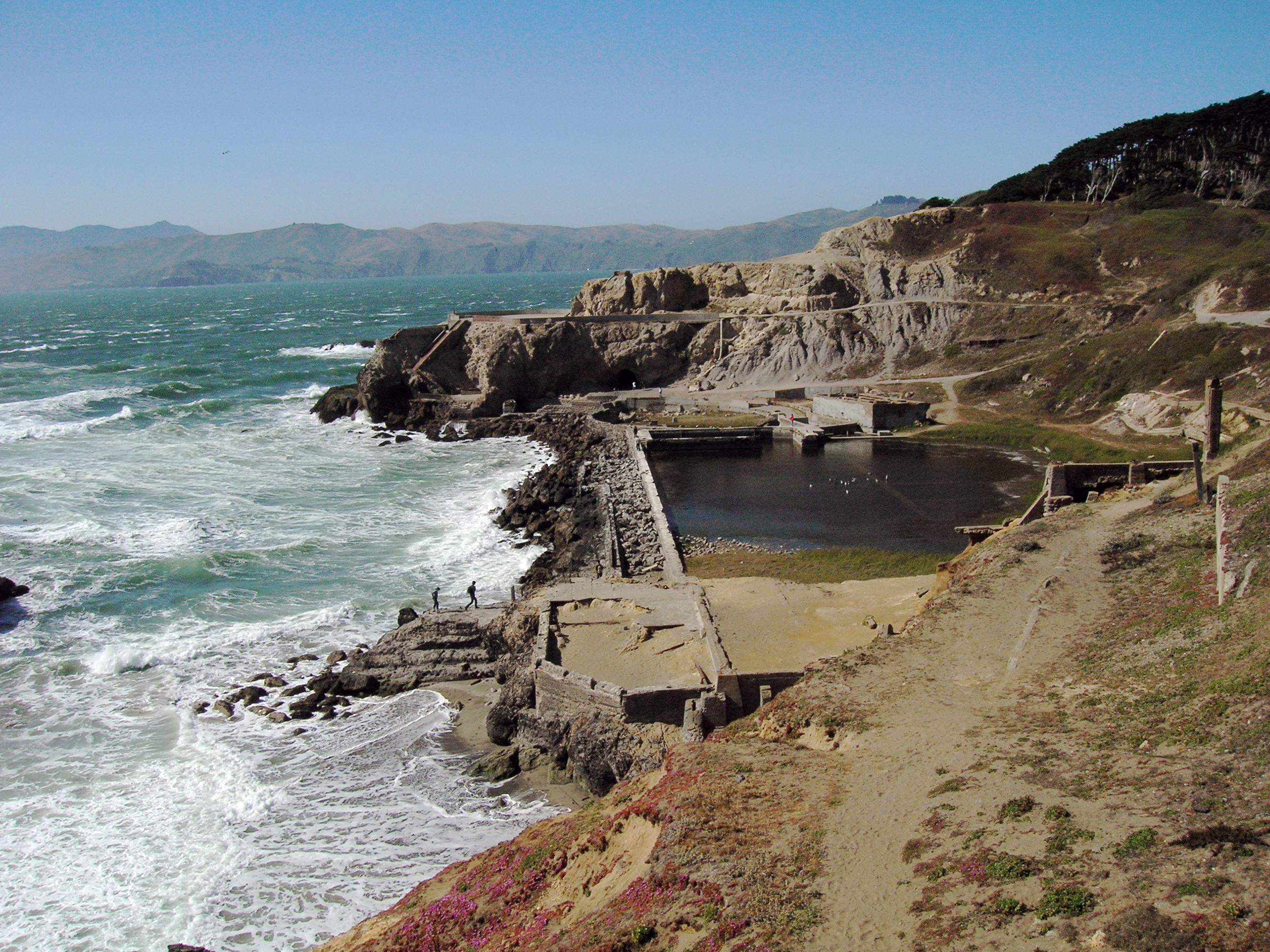Gianfranco Pocobene and Ian Hodkinson’s talk about their rather harrowing treatment of a large mural panel, Philosophy (1895-96) by Puvis de Chavannes, in the Boston Public Library perfectly fit its placement in the session “Going Big.” Pocobene presented the project while also referring to his past involvement with the entire allegorical cycle when they were last treated by the Straus Center for Conservation in 1993 for moisture problems and resulting damage.
Treatment of Philosophy was spurred by the discovery in 2014 that the mural panel, which was adhered into a plaster niche, had partially detached from the wall and was beginning to buckle and sag. After stabilizing flaking paint and supporting the detached areas with padded battens set into the niche, Pocobene and Hodkinson embarked on an investigation of the attachment interface between the canvas and wall as well as the building’s structural components behind the mural to understand where the moisture penetration had originated from and how to proceed with treatment. Cross-section analysis by Richard Wolbers confirmed observations made about Puvis’s painting methods during the 1993 treatment of the cycle. Exploration into the structure of the support was made available through a small area of missing brickwork discovered after removing a piece of oak trim from the edge of the mural. This revealed several things: multiple plaster layers, corroded tie wires attaching metal lathe to steel angle bars, and that the canvas and paint layers were embrittled and liable to shatter with any application of pressure. They concluded that the corroded tie wires were the sources of the paintings detachment and water infiltration may have been caused by a flue carrying a HVAC duct encased behind the niche and a nearby internal rainwater downpipe.
Pocobene and Hodkinson faced the hefty task of removing the already 80% detached mural from the niche and keeping it as planar as possible to avoid loss and damage to the brittle paint surface and canvas. Pocobene reviewed the many questions and summarized the discussion that led to the final treatment decisions. As there were no other examples in conservation literature regarding such an undertaking, careful inquiry, tests with a scaled mock up, and reliance on past experience with mural conservation were imperative. However, inaction was not an option and the authors bravely went where no other paintings conservators had gone before.
The removal process, although more intricate than I will describe in this short blog post, involved facing the front of the mural with Kozo paper and Belgian linen, removing the marble fascia and allowing access to the bottom edge of the mural (undertaken by stone conservator Ivan Myjer), and using a back support, top support, and sliding supports to carefully support the mural as detachment of the mural progressed. Although slate rippers were used to detach the mural at the scratch coat to brown coat interface, the authors eventually used vibration alone. Block and pulleys were used to hoist and maneuver the mural (attached to panel supports by extended strips of the facing) from the niche and it was carried to a separate room a floor above the Grand Staircase.
The preparation for and lining of the canvas presented additional challenges for the authors. First, plaster was mechanically removed from the verso, but the lead white adhesive was allowed to remain. The initial lining was carried out with BEVA 371 and an interface of Belgian linen, but the aluminum skin on the honeycomb panel support began to fail while the lower sections were being lined. For the second, and successful, lining attempt a new honeycomb panel was fabricated and 10% paraffin wax was added to the BEVA 371. The added wax was found to allow easier reversibility, a lower activation temperature, and no change in strength. The subsequent filling, inpainting, and reinstallation were briefly discussed, but were not the primary focus of the talk.
This talk was a perfect representation of the trials and triumphs encountered in the treatment of large-scale works. Pocobene and Hodkinson proceeded through a complicated and uncharted treatment with logical decision making, collaborative discussions, and employing knowledge gained from years of treatment experience





